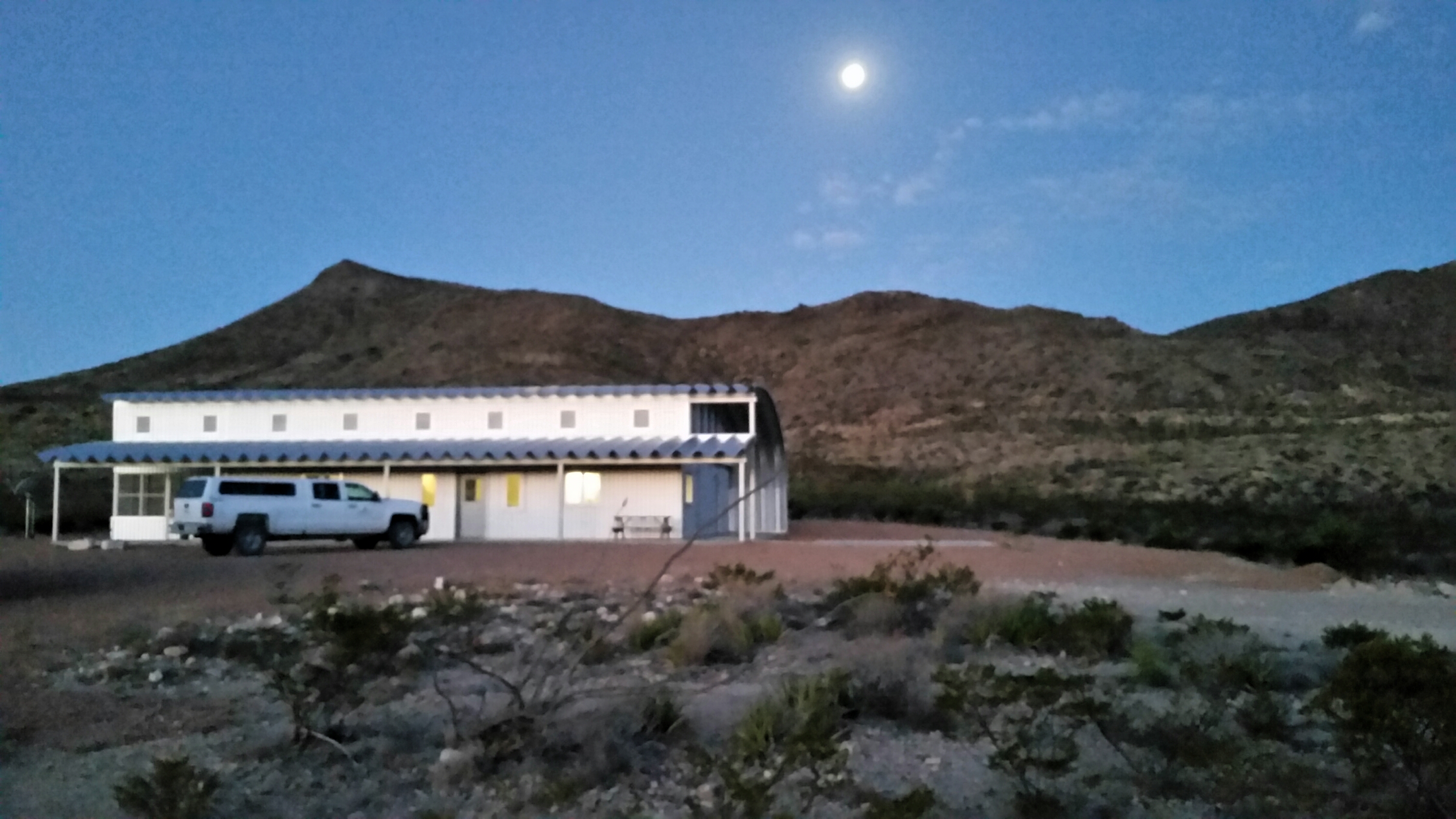The Dalquest Desert Research Station (DDRS) is a pristine example of the Northern Chihuahuan Desert. It is managed by Midwestern State University as a natural area and a year-round research station available to scientists from MSU and elsewhere. DDRS supports both observational and manipulative research on the biodiversity, ecology, paleontology, and geology of the Desert, while maintaining the unique geology and biology of the area. The Station is a research link of the chain of Chihuahuan Desert stations in the U.S. and Mexico, and MSU scientists cooperate with scientists at the other sites. Field courses are offered for graduate and undergraduate students as well as educators of all levels.
DDRS origins and Dr. Dalquest:
The site was a gift from the late Dr. Walter W. Dalquest and his wife, Rose. Walt came to Midwestern State University in 1952 and retired from full time service in 1984. Dr. Dalquest was one of the most productive scholars in the history of Midwestern. He produced 180 scientific publications, and he continued to work part-time until his death in 2000.
Dr. Dalquest purchased the original two sections of rugged canyon lands in 1968 so he could hunt deer and collect small mammals, geodes, agates, etc. He realized the scientific value of the land and in 1996 Walt and Rose donated these two sections of land with the deed restriction that it be used for scientific research by biologists and geologists. In 2004 his widow, Rose, provided funds to purchase an additional adjacent 2 2/3rds sections from the State of Texas.
A biography of Dr. Dalquest, his scientific accomplishments and connection to Midwestern State Universtiy are described in his obituary as it appeared in the Journal of Mammalogy.
In April 2009 a DRS Advisory Panel visited the DDRS site to evaluate its intellectual merit and broader impacts, and to provide recommendations for the site development. Their report is available at the NSF Panel Report link. Many of the panel's recommendations have been incorporated into the current infrastructure. The Advisory Panel included Jerry L. Cook, Sam Houston State University; Paula E. Cushing, Denver Museum of Nature & Science; Mike Friggens, University of New Mexico; C. William Kilpatrick, University of Vermont; E. Christopher Kirk, University of Texas at Austin; John D. Oswald, Texas A&M University; Kathryn E. Perez, University of Wisconsin - La Crosse; Debra Peters, USDA ARS.
Location:
DDRS is located in west Texas north of and adjoining the Big Bend Ranch State Park (see map). The latitude/longitude coordinates for the DDRS headquarters are 29° 33’47”N x 103° 48’21”W at 1262 m (4141 ft). DDRS consists of approximately 1200 ha (3000 acres) located on the Presidio/Brewster county line 88 km (55 miles) SSW of Marfa, Texas.
Mission and Vision of DDRS:
To a naturalist the DDRS experience is a dream come true. The majority of the site has had little human influence; in fact, the property owner prior to Dr. Dalquest fenced the canyon lands to keep cattle from getting into the area. The site is one of the few areas within the Chihuahuan Desert that has not been overgrazed. It is the desire of MSU that the property be used by scientists, naturalists, and educators for generations to come.
